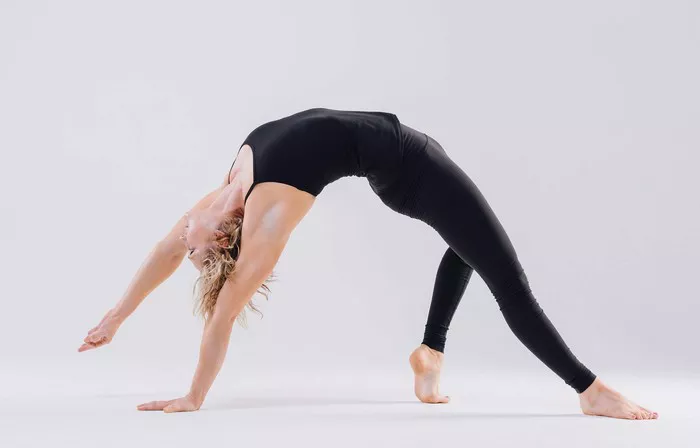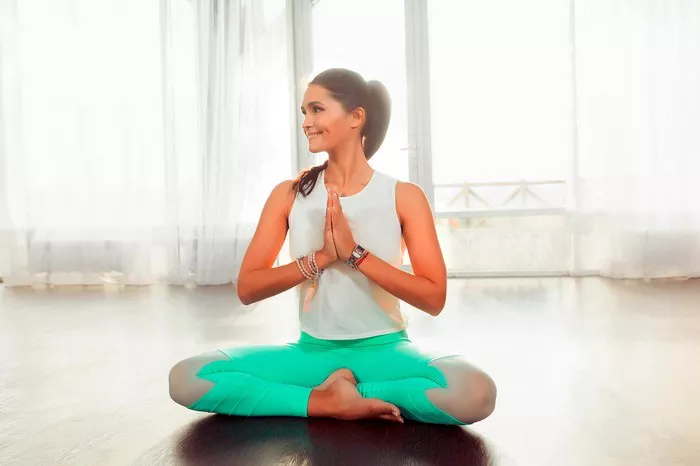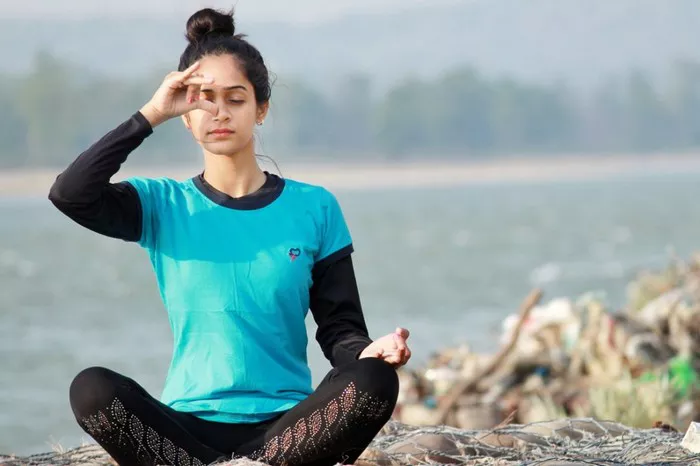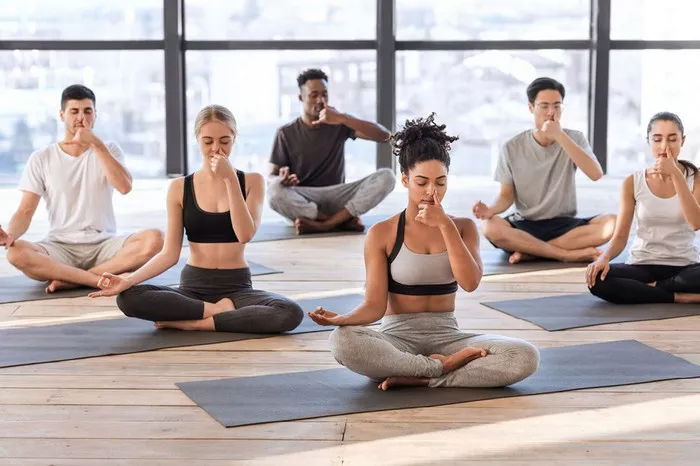The Cobra Position, or Bhujangasana, is a popular pose in yoga. It is often included in many yoga practices and sequences, such as Sun Salutations. This position primarily stretches the spine and opens the chest. To perform this pose, you begin by lying flat on your stomach. Place your hands under your shoulders and keep your elbows close to your body. As you inhale, press your palms into the floor. Lift your head, chest, and upper abdomen while keeping your pelvis grounded. Your back should arch gently. Hold the pose for a few breaths, focusing on your breath and alignment. It is important to avoid compressing the lower back by engaging your abdominal muscles.
Physical Benefits of Cobra Position
Cobra Position offers numerous physical benefits. It strengthens the spine and stretches the shoulders and chest. This pose can help improve posture, which is essential for overall health. Additionally, it stimulates the abdominal organs. This stimulation can aid digestion and relieve stress. Practicing Cobra regularly can also help alleviate back pain by promoting flexibility in the spine. Moreover, it encourages deep breathing. Deep breathing enhances oxygen flow to the body and promotes relaxation. This position is accessible to many practitioners. It can be modified for those with limited flexibility or back issues. By adjusting the height of the lift or practicing with forearms on the ground, individuals can still gain benefits without straining.
Mental and Emotional Benefits
The Cobra Position also impacts mental and emotional health. This pose encourages openness, both physically and emotionally. When you lift your chest and open your heart, it can symbolize releasing emotional burdens. Many practitioners report feeling a sense of upliftment after practicing Cobra. The pose can also reduce anxiety and stress. This reduction occurs due to the combination of deep breathing and gentle stretching. As you focus on your breath and the sensations in your body, you cultivate mindfulness. Mindfulness is a powerful tool for enhancing mental well-being. Regular practice of Cobra can create a sense of balance and calmness in your life.
Tips for Practicing Cobra Position
To practice the Cobra Position safely, consider these tips. Always listen to your body. If you feel any discomfort in your lower back, ease out of the pose. Instead of pushing into the full expression of the pose, focus on lengthening your spine. Engage your core muscles to support your lower back. You can also place a blanket under your pelvis for extra support. Ensure your shoulders are relaxed away from your ears. This relaxation helps prevent tension in the neck. Maintaining a soft gaze forward can enhance the experience. Remember to breathe deeply and consistently throughout the pose. This breath awareness keeps you grounded and present.
Incorporating Cobra Position into Your Practice
Cobra can be easily incorporated into any yoga practice. It is often used as a transition pose between other positions. For example, you can flow from Downward Facing Dog into Cobra to create a dynamic sequence. This flow promotes fluidity in your practice. You can also use Cobra as a standalone pose. Holding it for longer durations can deepen the stretch and increase its benefits. Try integrating Cobra into your morning routine to energize your body. Alternatively, you can use it as a restorative pose in the evening to release tension accumulated throughout the day. The versatility of Cobra makes it an excellent addition to various practices.
Common Mistakes to Avoid
When practicing the Cobra Position, several common mistakes can diminish its effectiveness. One common mistake is over-arching the lower back. This over-arching can lead to discomfort and potential injury. Instead, focus on lengthening your spine while maintaining a gentle arch. Another mistake is lifting too high without proper engagement. Ensure that your back muscles are working to support the lift rather than relying solely on your arms. Additionally, avoid shrugging your shoulders. Keeping your shoulders relaxed helps prevent neck strain. Pay attention to your alignment to ensure you are gaining the maximum benefits of the pose.
Modifications for Beginners
For beginners or those with limited flexibility, modifications can enhance the practice of Cobra Position. If lifting your chest high is challenging, you can practice a Low Cobra. In Low Cobra, keep your elbows bent and your forearms on the ground. This modification allows for a gentler stretch while still providing benefits. Another modification is to keep your legs together or slightly apart, depending on your comfort level. If you experience discomfort in your lower back, placing a folded blanket under your pelvis can provide extra support. Remember, it is essential to practice within your limits and gradually build strength and flexibility.
Advanced Variations of Cobra Position
For more experienced practitioners, Cobra Position has advanced variations to explore. One option is to practice Upward Facing Dog, which offers a deeper backbend. In Upward Facing Dog, the thighs lift off the ground, and the chest opens wider. This variation requires more strength in the arms and back. Another option is to incorporate a twist into the Cobra Position. After lifting into Cobra, you can turn your head to one side, looking over your shoulder. This twist adds an additional stretch to the spine and opens the chest even further. As with any advanced variations, ensure that your body is prepared and aligned to avoid injury.
See also: Finding Relief: Yoga Poses for Trapped Gas
Breathing Techniques in Cobra Position
Breath awareness is crucial when practicing the Cobra Position. Inhale deeply as you lift your chest and engage your back muscles. Focus on expanding your ribcage and allowing your breath to fill your lungs fully. As you exhale, relax your shoulders and ground your pelvis. This mindful breathing helps you maintain focus and presence in the pose. It also enhances the benefits by promoting relaxation and reducing tension. Practicing Ujjayi breathing, a technique often used in yoga, can deepen your experience. Ujjayi breathing involves creating a slight constriction in the throat to regulate your breath. This technique adds a calming sound and rhythm to your practice.
Conclusion
In conclusion, the Cobra Position is a valuable addition to any yoga practice. It offers numerous physical benefits, including strengthening the spine and improving posture. Mentally and emotionally, it promotes openness and reduces stress. Practicing Cobra with attention to alignment and breath enhances its effectiveness. Modifications make it accessible to all practitioners, while advanced variations can deepen the experience. Whether you practice it in the morning or as part of a flowing sequence, Cobra can significantly impact your overall well-being. Embrace this powerful pose and discover the transformative benefits it can bring to your yoga journey.
You Might Be Interested In























